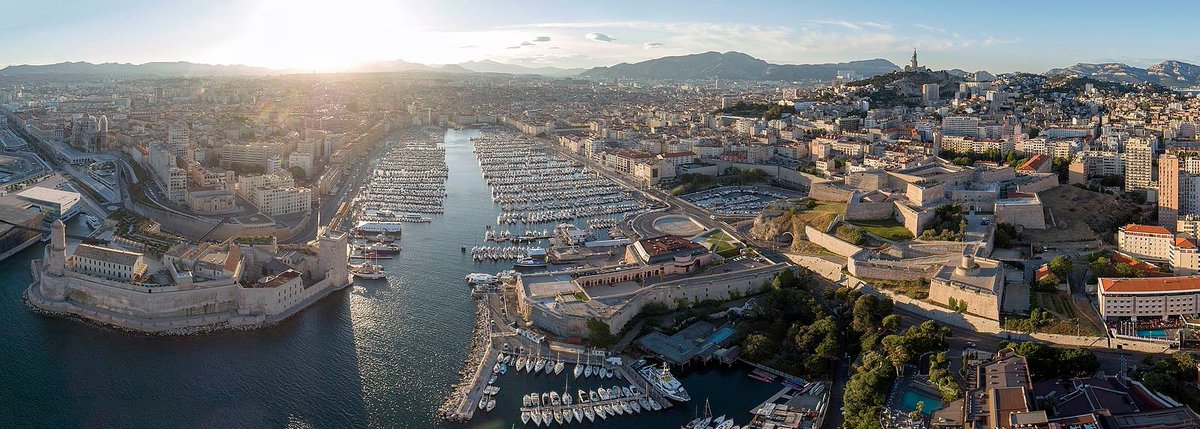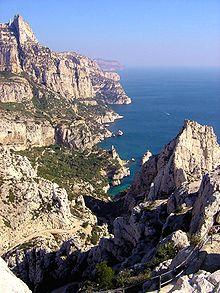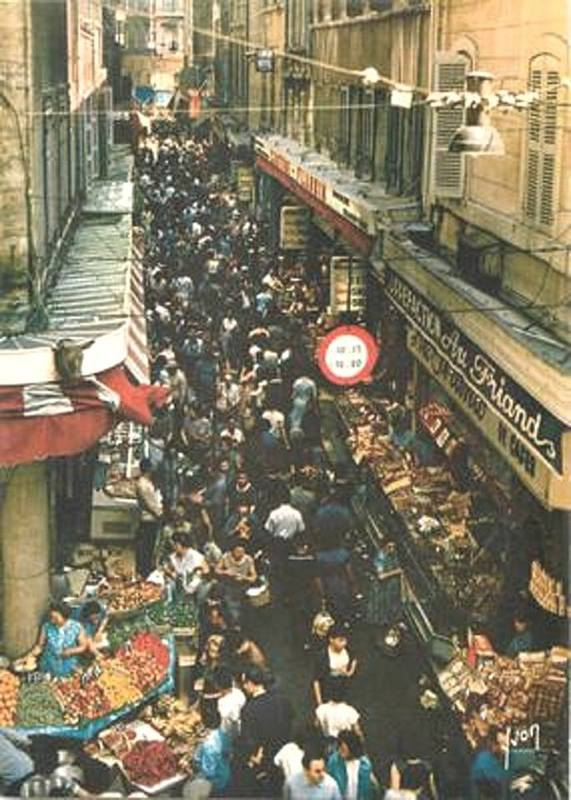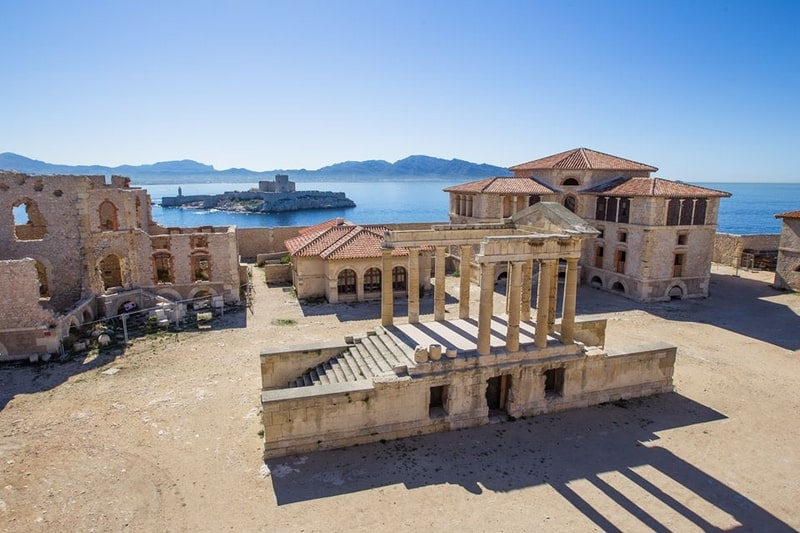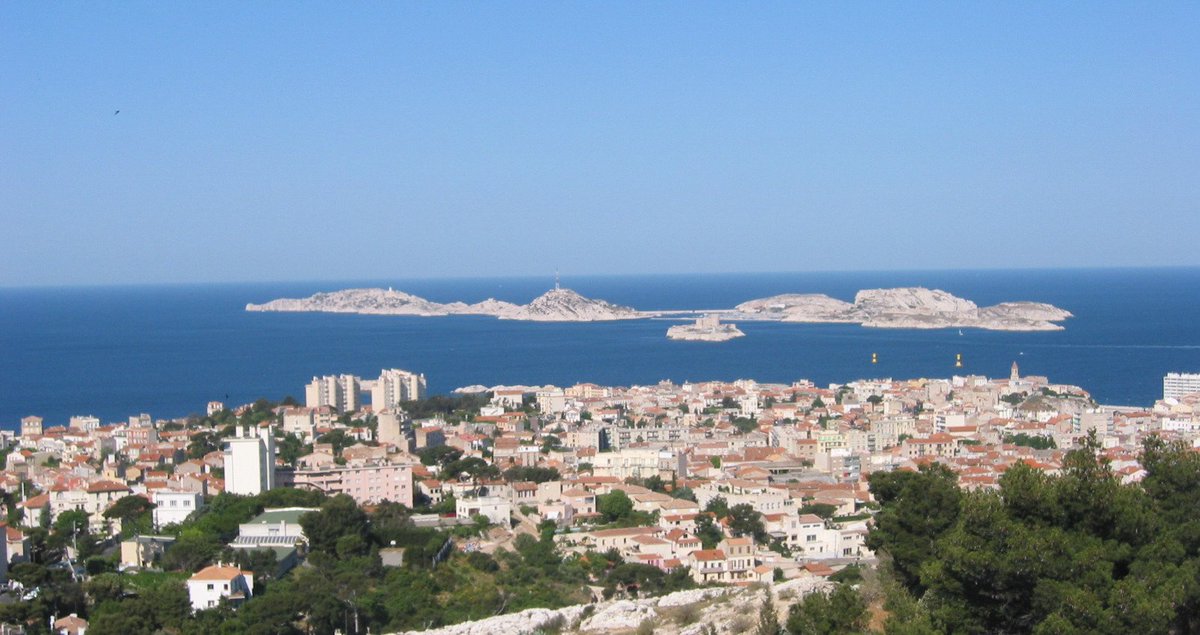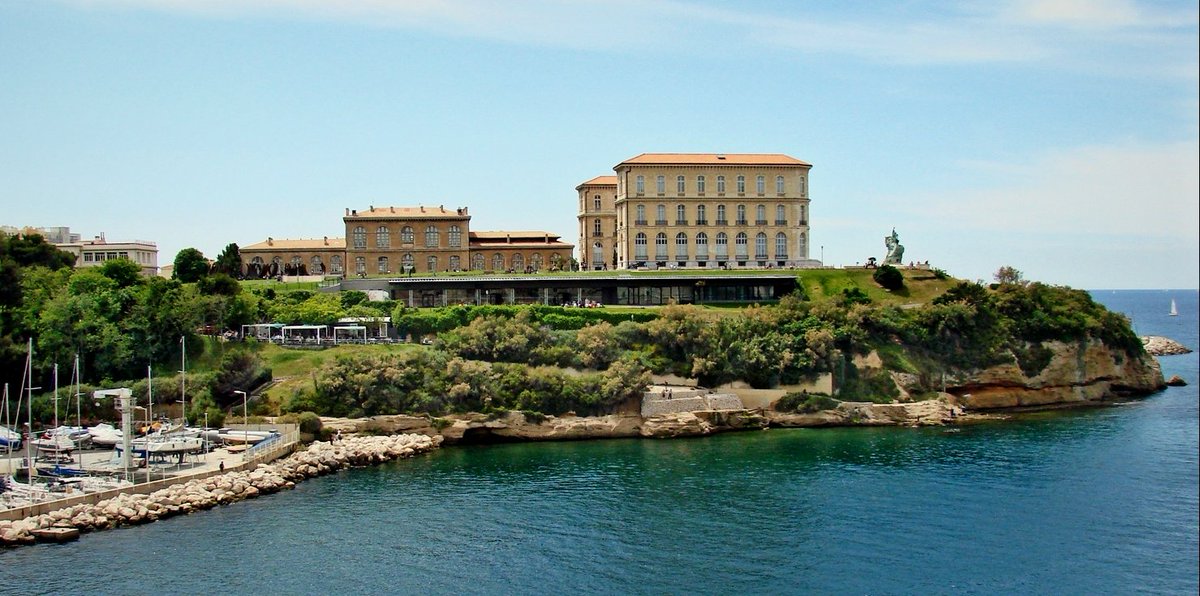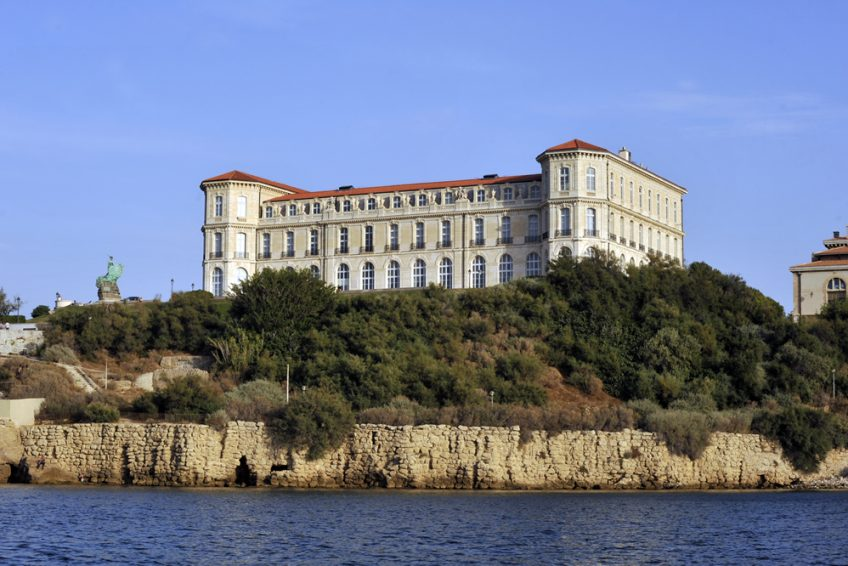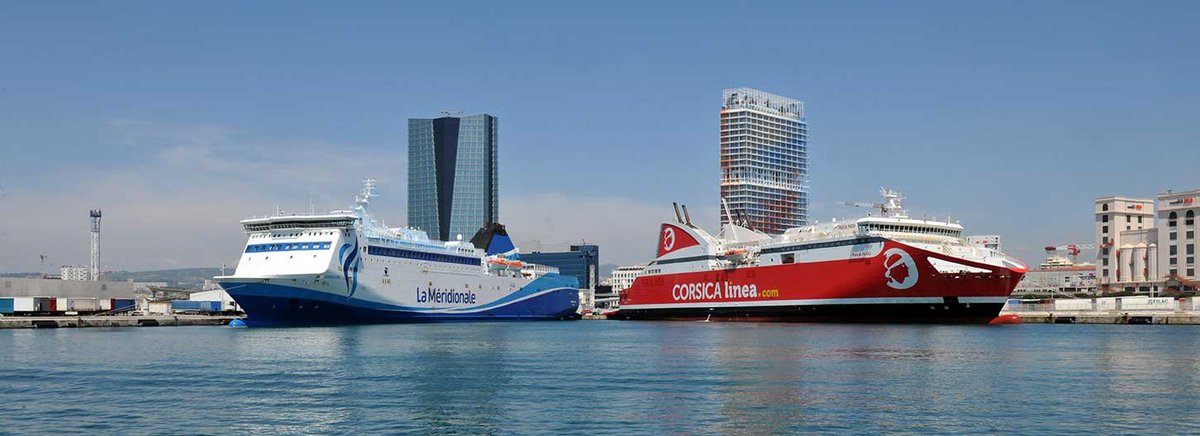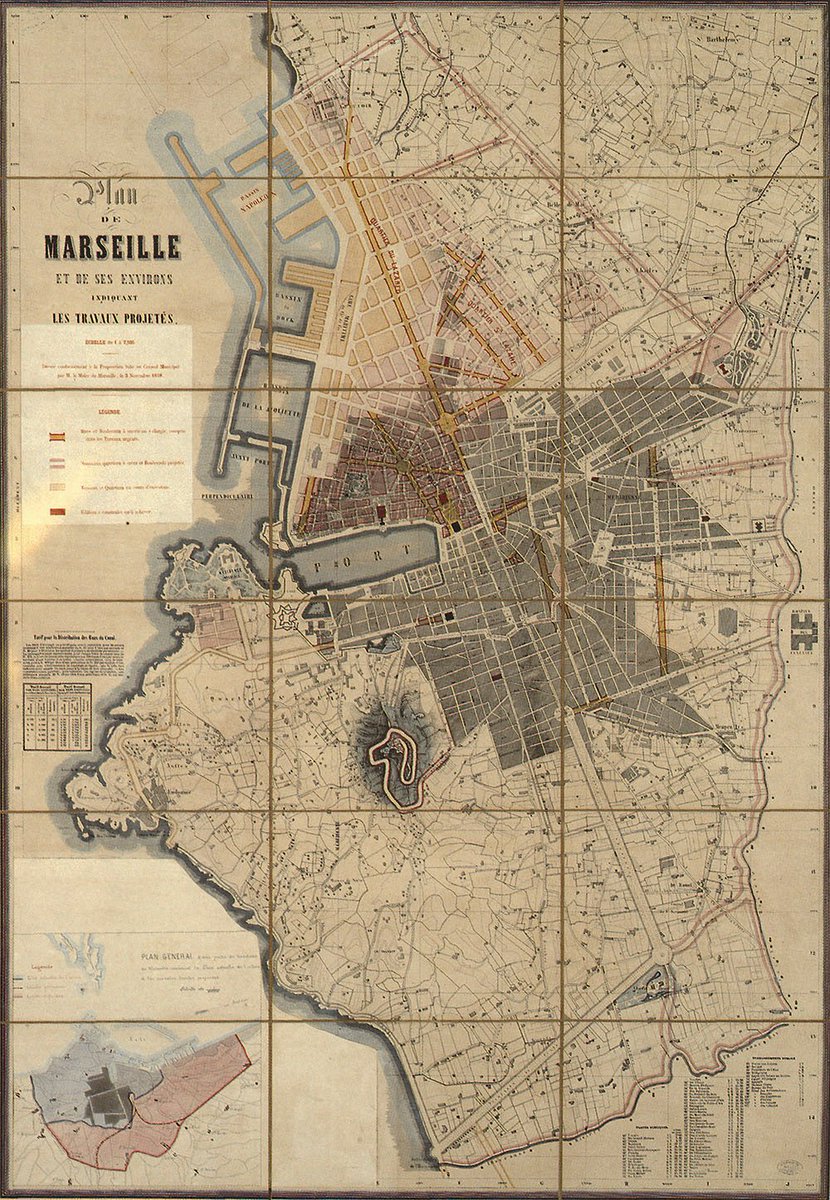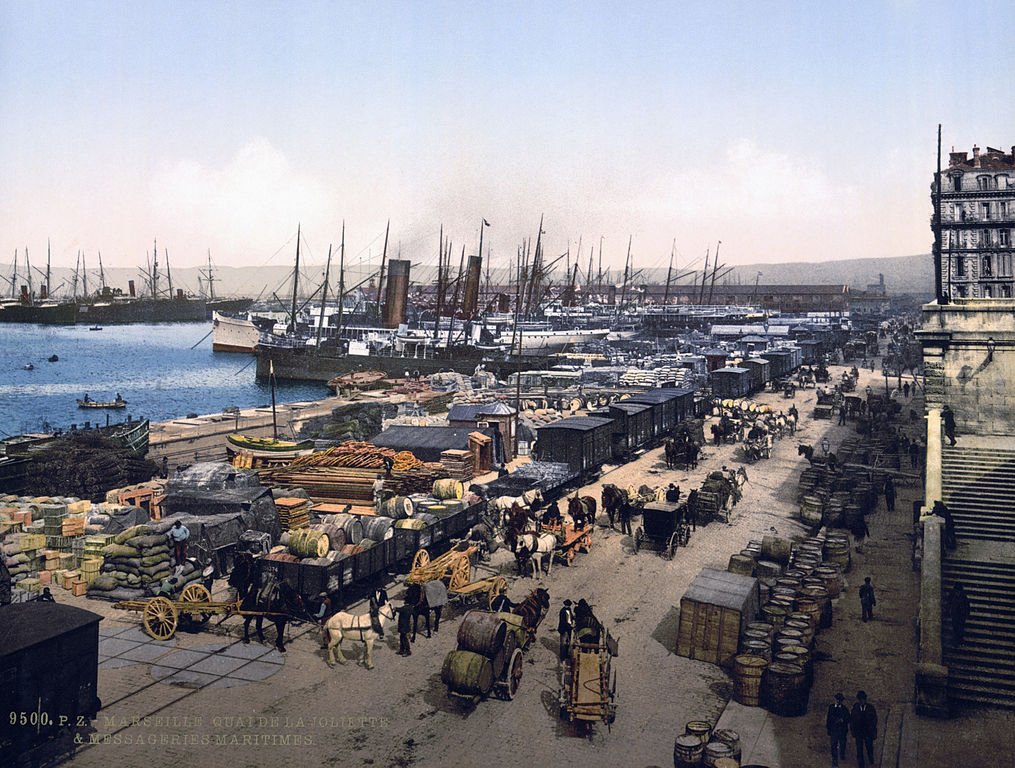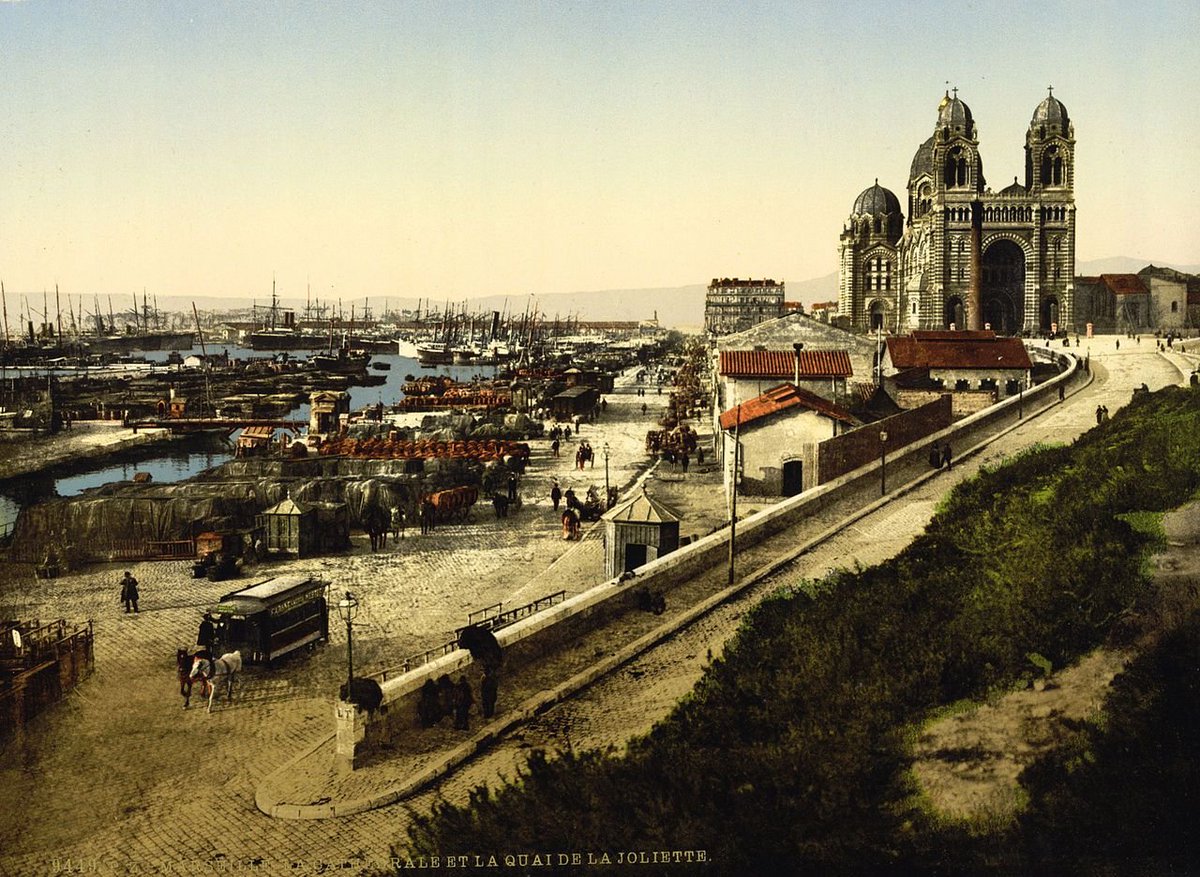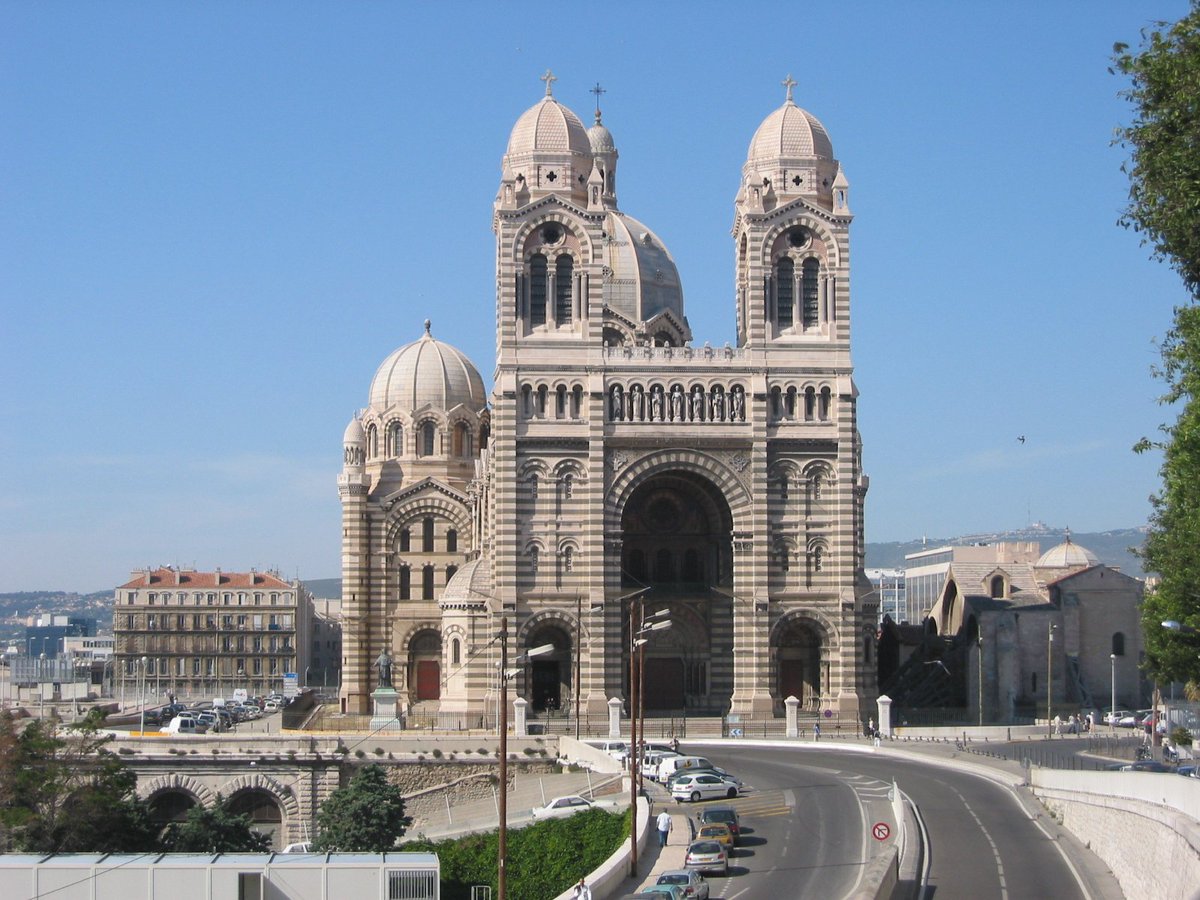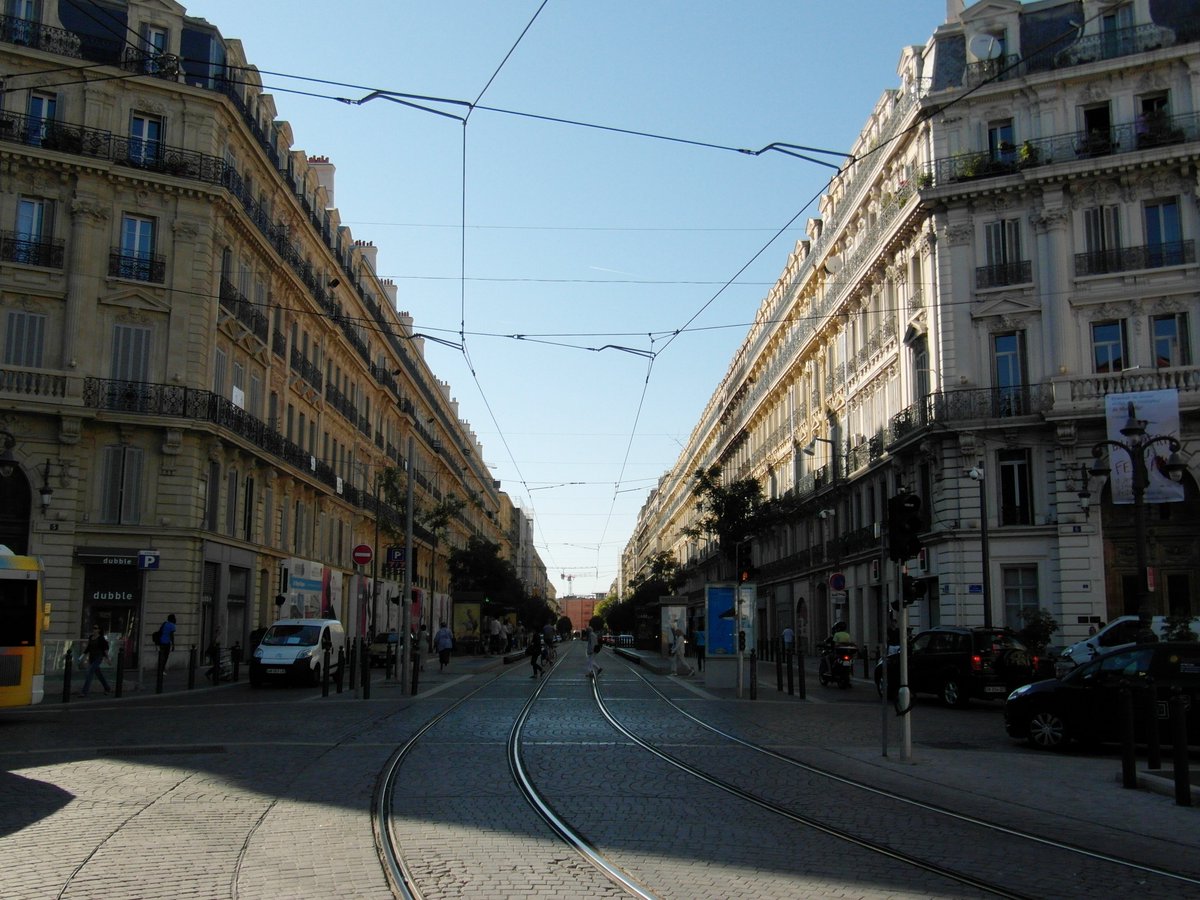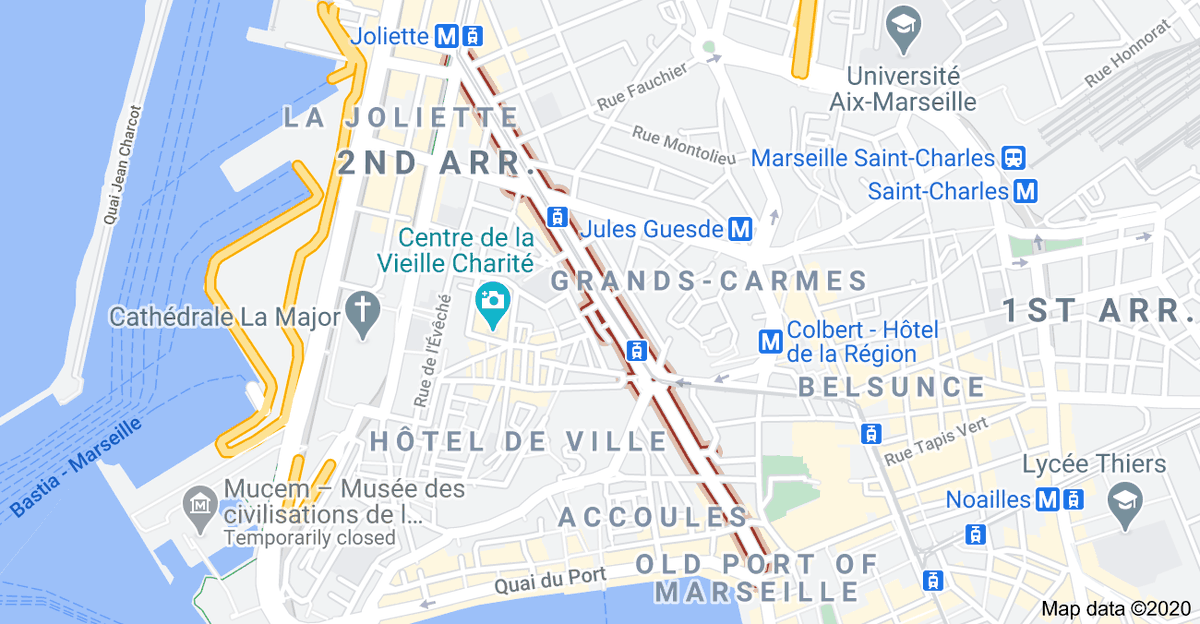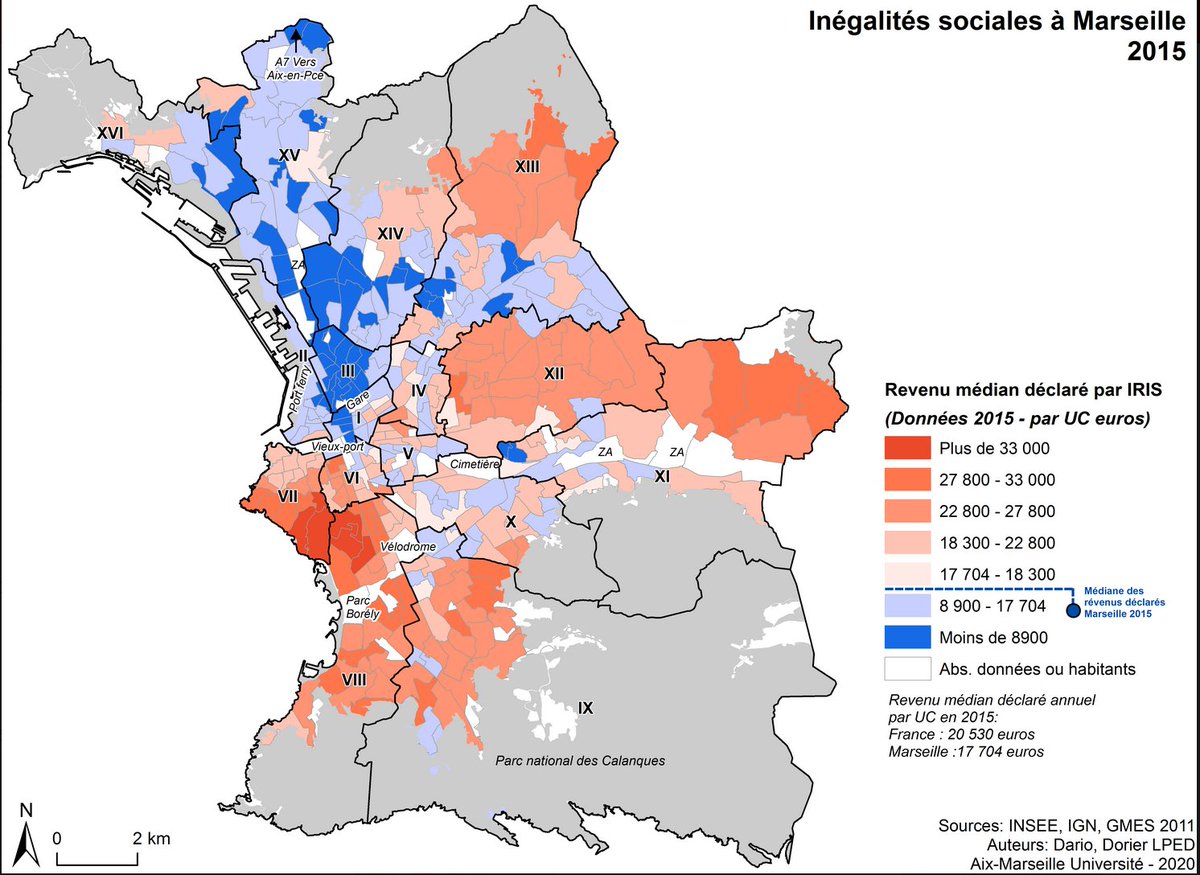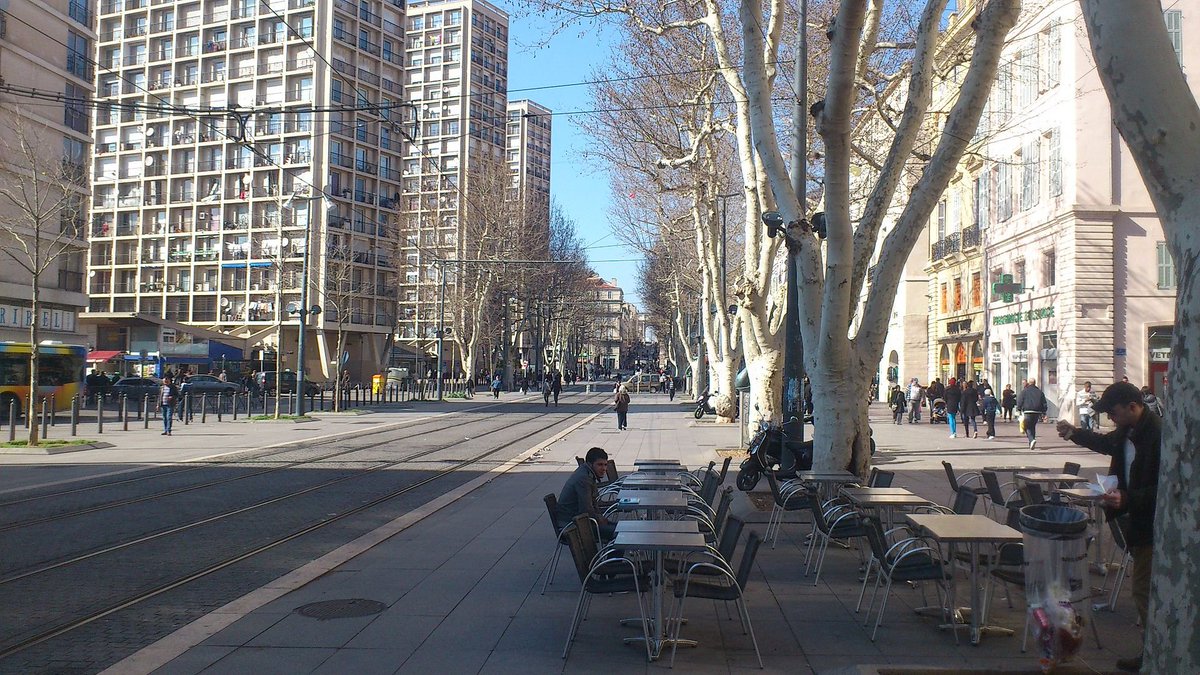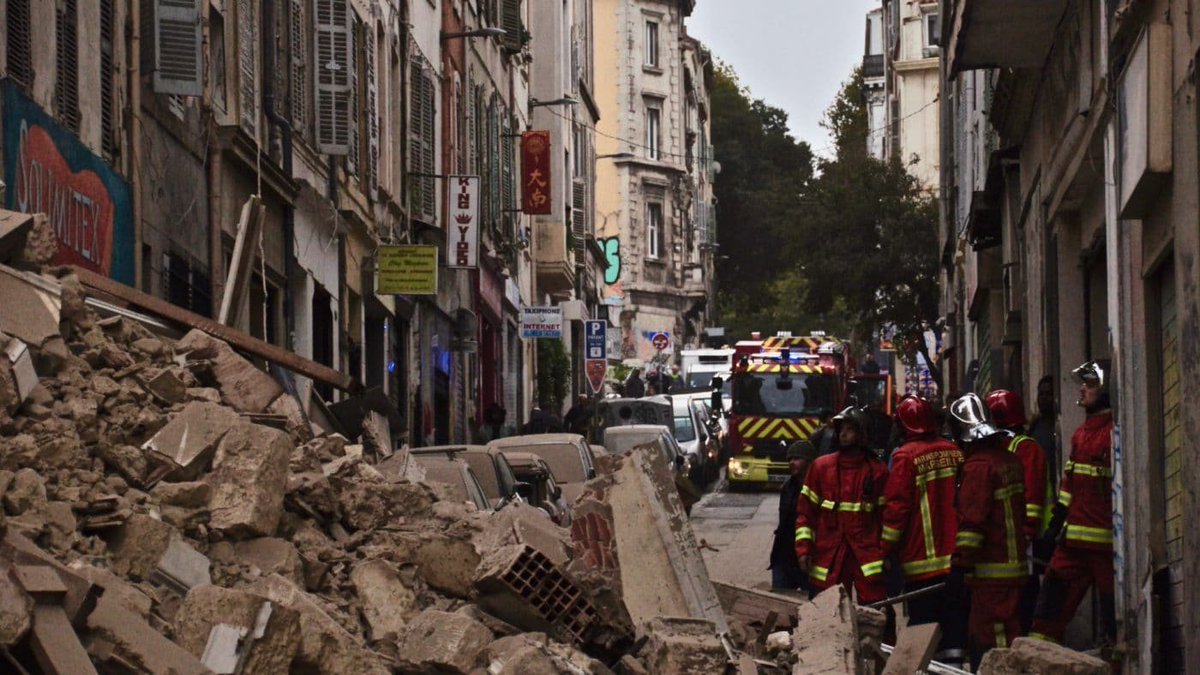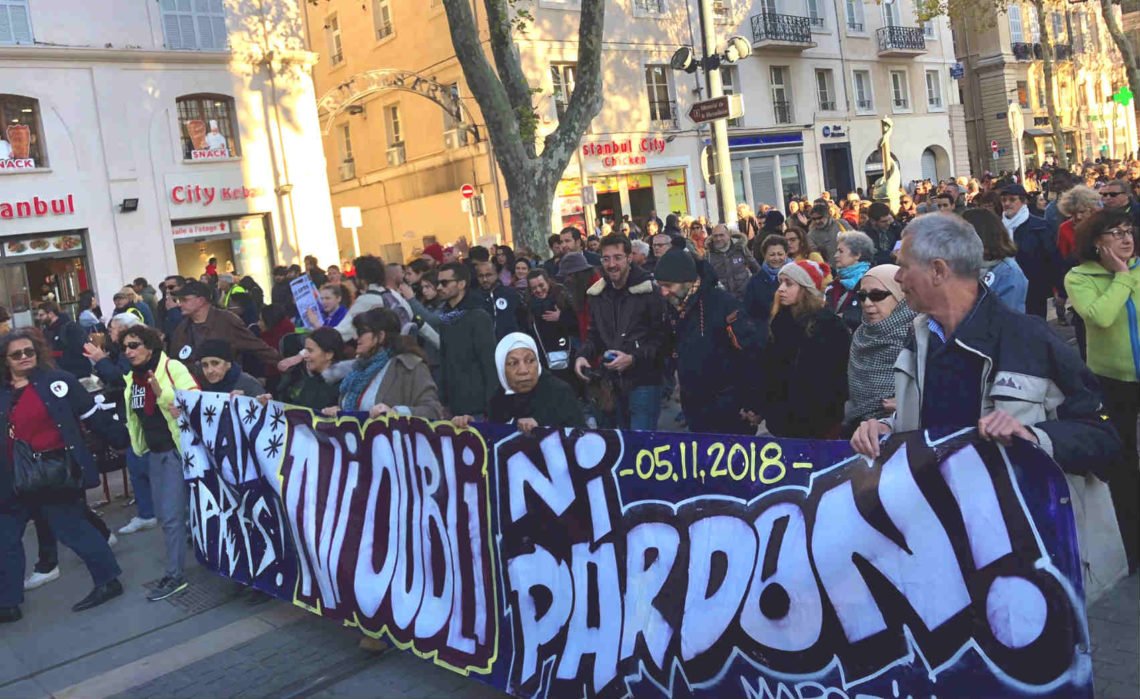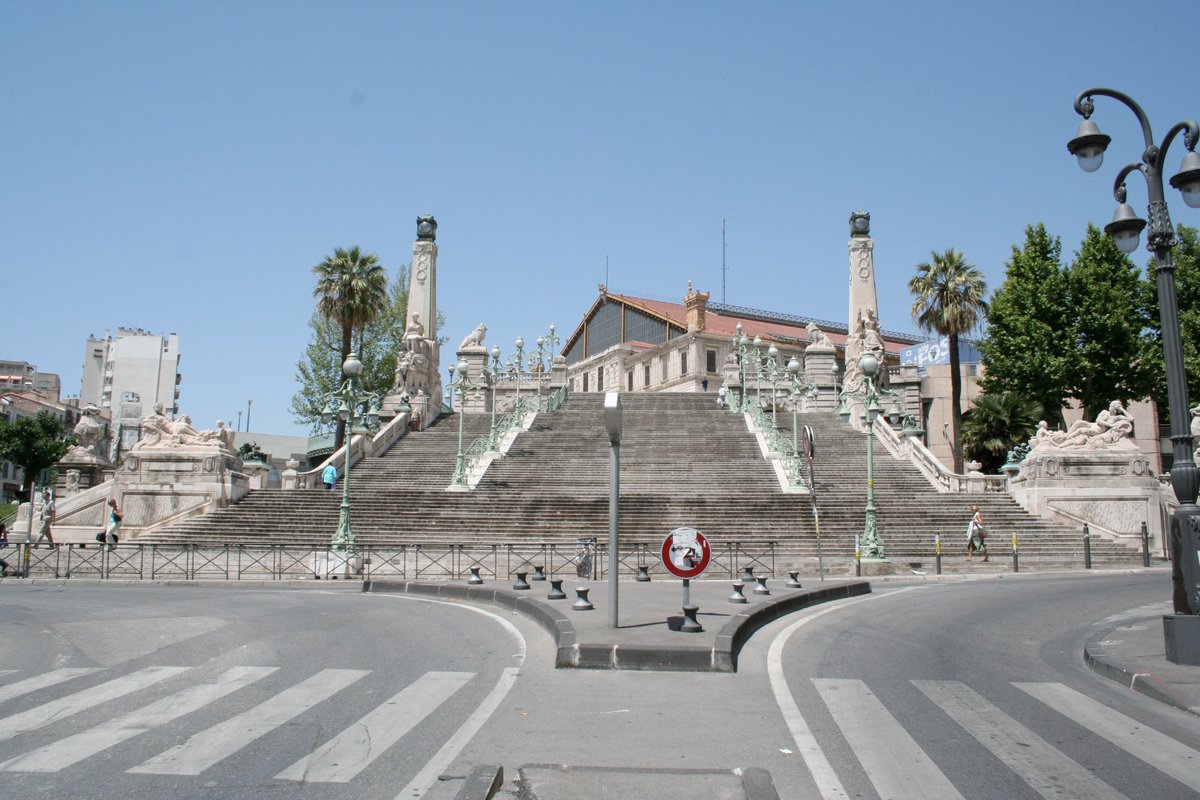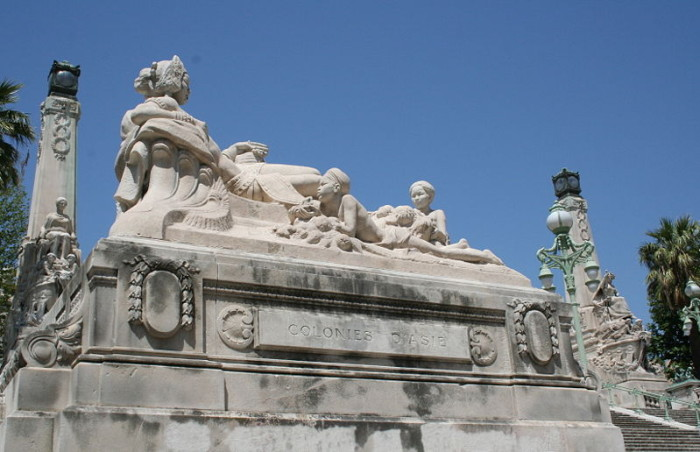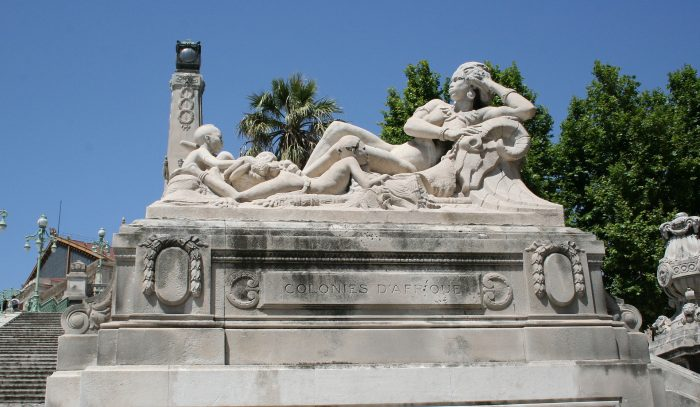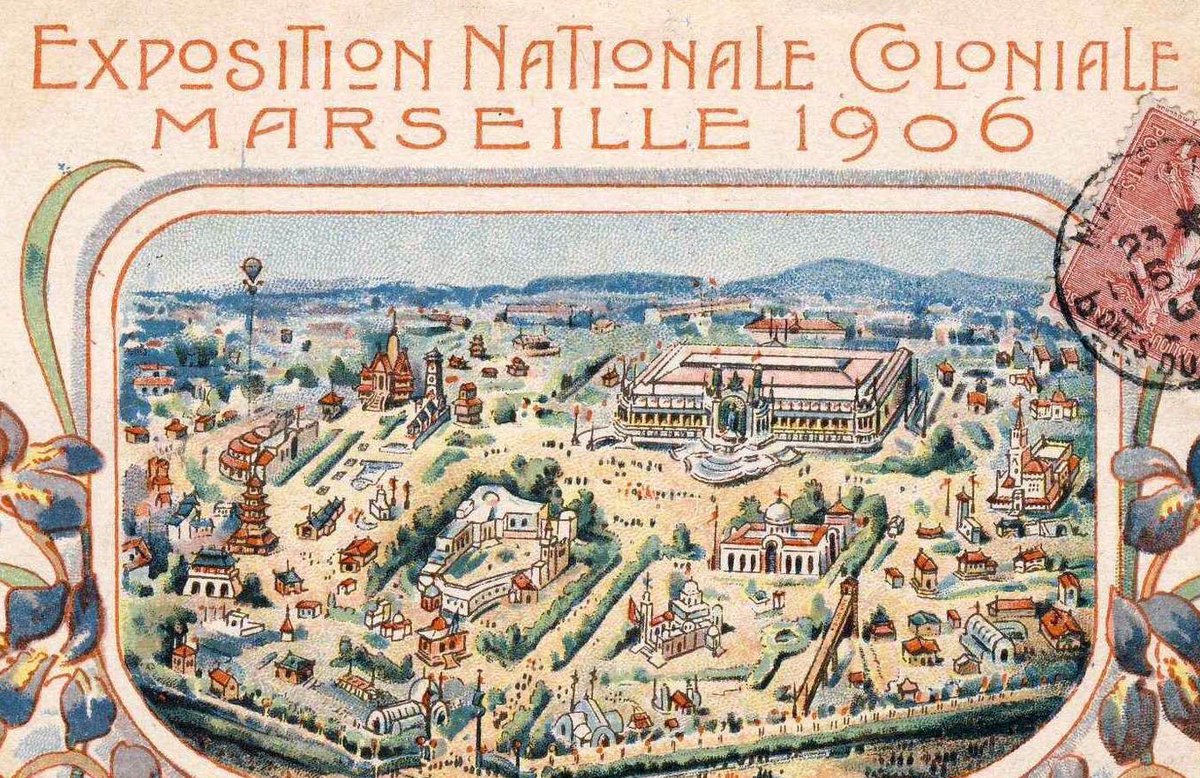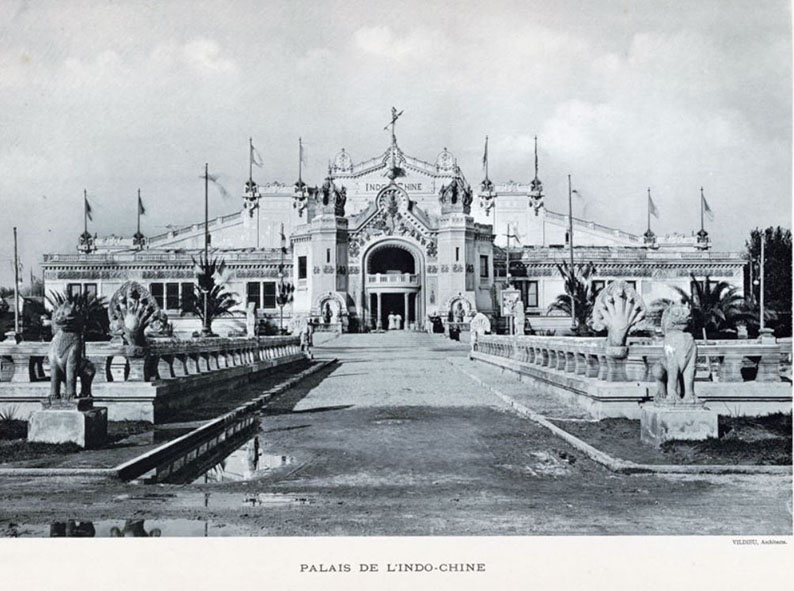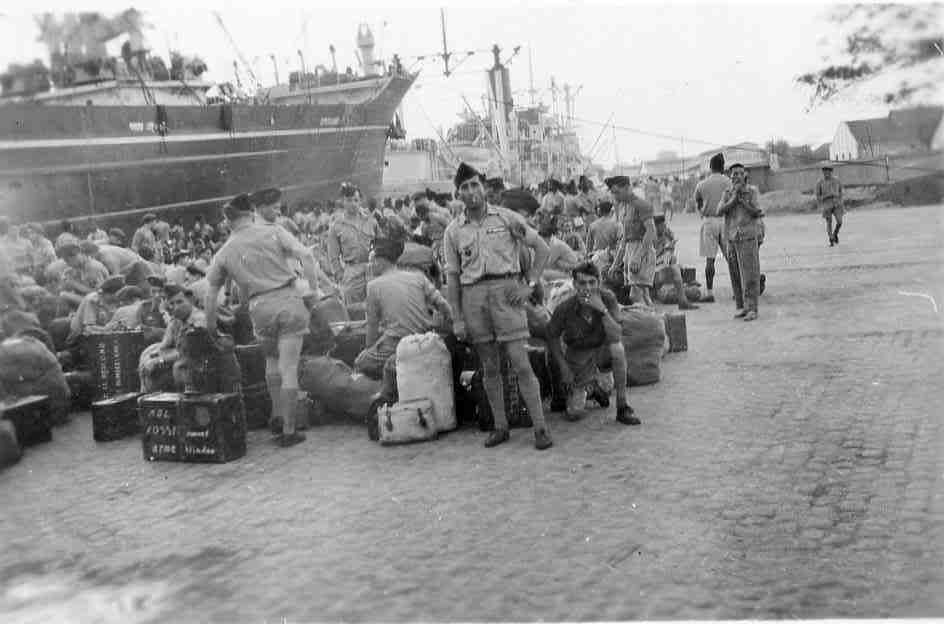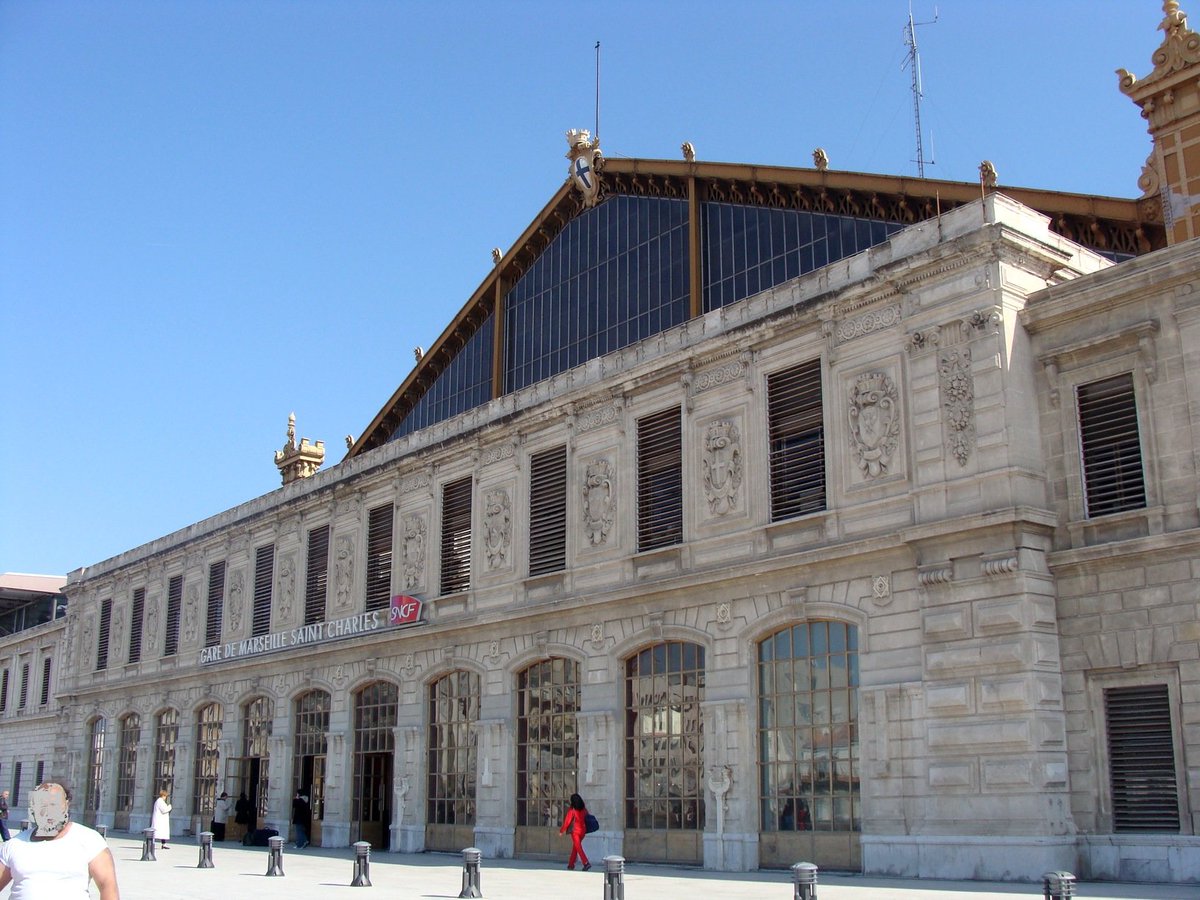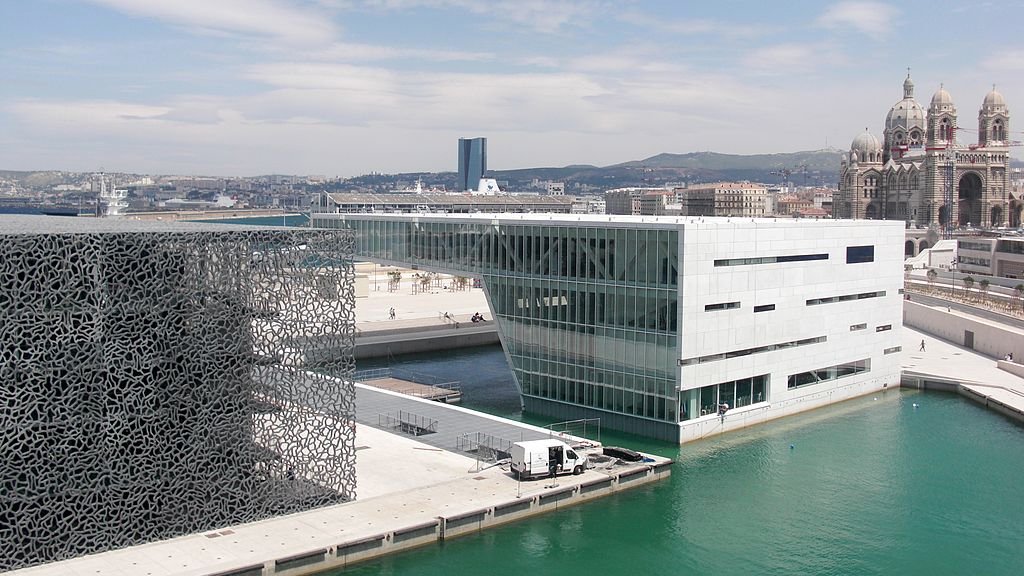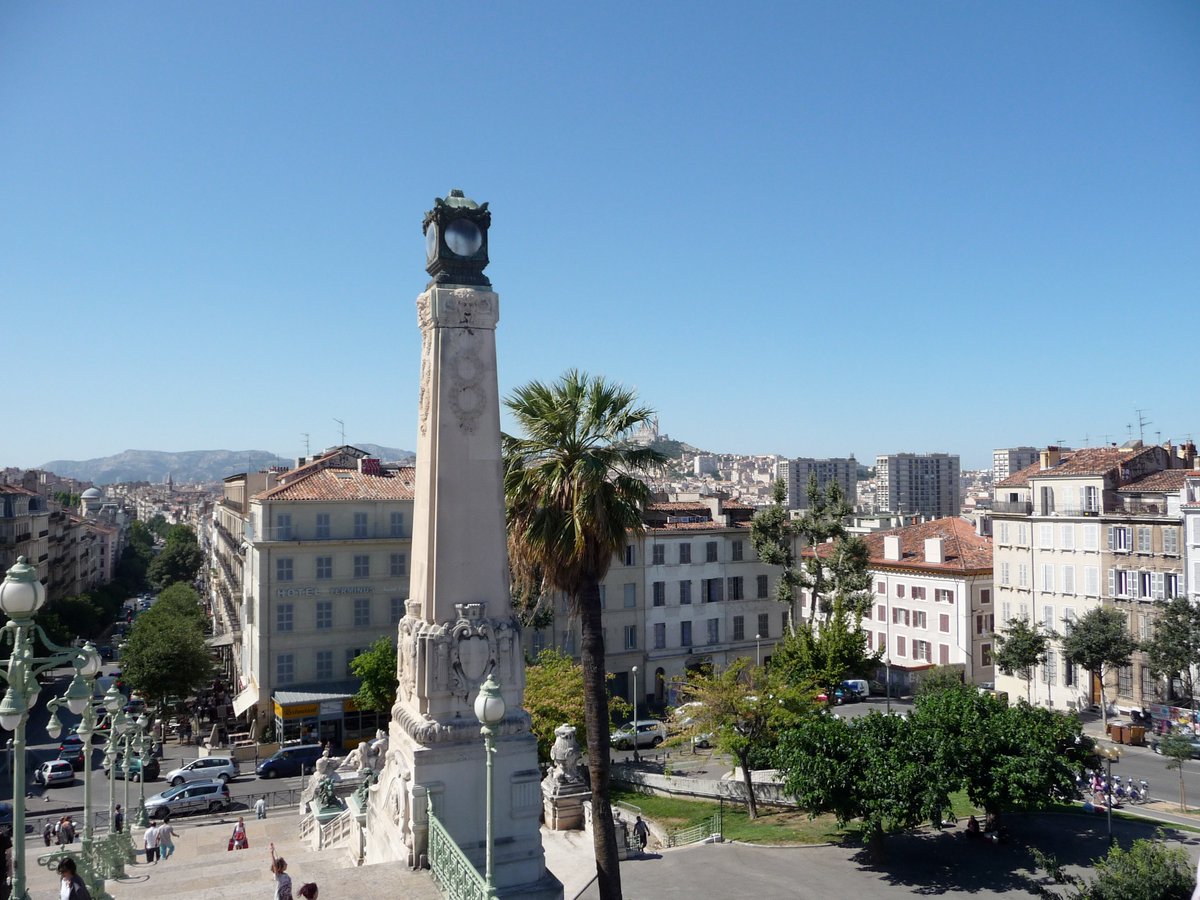If today is getting you down, good news for you:
It's time for another walk! This time, we're going to Marseille, France's largest port and one of the great Mediterranean cities

Come along. We'll try to figure out what the fuck the Mediterranean is on this one:
It's time for another walk! This time, we're going to Marseille, France's largest port and one of the great Mediterranean cities


Come along. We'll try to figure out what the fuck the Mediterranean is on this one:
Ok so first of all, this walk starts not by foot, but by boat.
Most of Marseille's inhabitants, historically, arrived by the sea, and from this angle the city makes more sense. Please keep your safety jacket on.
Most of Marseille's inhabitants, historically, arrived by the sea, and from this angle the city makes more sense. Please keep your safety jacket on.
As we approach, you will notice the Îles du Frioul, an archipelago just opposite the city. Historically, these were used for quarantining. Like in most port cities, this lazaret was separate from the port to prevent epidemic spread. Pic: the luxurious Hôpital Caroline (1840s).
Port cities, after all, are places of great mixing - of trade, migration, and DISEASE  all the things that circulate.
all the things that circulate.
(I did a separate little thread of Mediterranean quarantines here) https://twitter.com/ArthurAsseraf/status/1237740650084401152?s=20
 all the things that circulate.
all the things that circulate.(I did a separate little thread of Mediterranean quarantines here) https://twitter.com/ArthurAsseraf/status/1237740650084401152?s=20
Marseille was France's colonial metropolis, where movements to and from the colonies were regulated.
As we get nearer to the port, you will notice on the right on the shore the Palais du Pharo. This was, from 1905 to 1975, the School of Colonial Medicine.
As we get nearer to the port, you will notice on the right on the shore the Palais du Pharo. This was, from 1905 to 1975, the School of Colonial Medicine.
Ok we've made it to the shore at Arenc. This is a relatively new spot. While Marseille has been used as a port since Greek times, the current location of passenger arrivals dates back to the 19th century and to colonial expansion.
By 1844, the Vieux Port has become too small.
By 1844, the Vieux Port has become too small.
Massive new basins were built along the quai de la Joliette to the north of it, transforming the geography of the city. This was spurred on by the conquest of Algeria (1830) and later on the opening of the Suez Canal (1869) which gave the city direct access to East Asia.
The 19th century was a dream of expansion and mobility. In 1852, the Cathédrale de la Major facing the docks was rebuilt in an ~Oriental Byzantine style. The urban renovators of the Second Empire fantasized a mystical union of the East and West with Marseille at the heart.
Much like in Haussmann's Paris, this involved tearing through the existing social fabric to build a cleaner, more beautiful and more easily controlled city.
The Rue impériale (now rue de la République) was carved between the old and new port to facilitate circulation
The Rue impériale (now rue de la République) was carved between the old and new port to facilitate circulation
Hence, a little side-note here: if Algiers and Marseille look so much alike, it's because most of the city was built at the same time, by the same people, for the same practical and ideological purposes. https://twitter.com/ArthurAsseraf/status/1304024163821268992?s=20
But the street cuts through two dense and poor neighbourhoods: le Panier and Belsunce. Urban renovation projects in Marseille have always failed to produce the wealthy bourgeois inhabitants they desired. To this day the centre of town remains the place of the immigrants and poor.
The rich prefer to live away from the port in the South. This dates back to the 19th century but still shapes the geography of France's most unequal city to this day.
cf. this remarkable map from this study by Dorier and Dardo
https://urbanicites.hypotheses.org/2872
cf. this remarkable map from this study by Dorier and Dardo
https://urbanicites.hypotheses.org/2872
This is why the centre of Marseille looks different to many other French cities: it bears the marks of constant projects to remodel and bring in different people.
As we walk down cours Belsunce for instance, we have the striking Tours Labourdette from 1962.
As we walk down cours Belsunce for instance, we have the striking Tours Labourdette from 1962.
These dramatic projects coexist with complete abandonment and urban decay. A few minutes south of this in Noailles, a building collapsed in 2018 killing 8 of its inhabitants and causing grassroots mobilization in outrage at horrific living conditions.
From here, if we walk up the Boulevard d'Athènes, we arrive at one of the city's most famous landmarks, the monumental staircase of the Gare Saint-Charles (1927). Flanked by statues of the colonies of Africa and Asia, it displays Marseille's status as the gateway to the empire
The railway station is on a plateau, so the steps were built to facilitate the connection for travellers arriving from Paris and Lyon to descend to the port and take their boats onwards. It is part of the same era that saw Marseille host two colonial exhibits in 1906 and 1922
Decolonization first boosted Marseille's profile, before precipitating its collapse. In the 1950s and 60s, movements of troops to fight in Indochina or of repatriated settlers from Algeria increased the city's population.
But by the late 1960s, the city entered a phase of decline. As the city lost imperial markets, a new industrial container port was built further north in Fos, depriving the center of commercial activity.
If we go up the steps to the Gare Saint-Charles, the final stages of this are visible: thanks to the TGV, Marseille is only 3 hours away from Paris by train.
This is how most people arrive these days - by land not by sea.
This is how most people arrive these days - by land not by sea.
It is in this last phase, where Marseille grew ever closer to central political power and ever further from the sea, that everything has started to be branded 'Mediterranean'. Every building project and institution now has to have the word 'Méditerranée' in it - why?
'Mediterranean' here comes to stand in for a vague ideal of coexistence and shared cultures that has never existed in real life: as we have seen, Marseille's history is one of empire and colonial domination.
Moreover, it is only now that Marseille has been cut down to size that it looks 'Mediterranean'. These days, you can arrive by boat from Corsica, Algeria, Tunisia or Morocco.
Historically, the range of destinations was much wider: Indochina, Madagascar.
Historically, the range of destinations was much wider: Indochina, Madagascar.
Incidentally, this leaves out the significant contribution of Marseillais who have come from other shores. As the president of the Comoros Islands, Ahmed Abdallah Mohamed Sambi once said, "Marseille is the 5th island of the Comoros".
But most of all, using 'Mediterranean' as branding for every institution smooths over what is visible in the history of the city: connection across the sea is as much about domination and disease as it is about shared culture.
That's it for today!
Resources below
That's it for today!
Resources below

Marseille's great geographer and historian, and one of the founding member of the Annales, is Marcel Roncayolo. I highly recommend his "L'imaginaire de Marseille" (open access!).
[also I once lived in his apartment but that's another story] https://books.openedition.org/enseditions/370
[also I once lived in his apartment but that's another story] https://books.openedition.org/enseditions/370
If you are interested in contemporary Marseille there is this great "Sociologie de Marseille", cheap, accessible and wonderfully informative by Peraldi/Duport/Samson
https://www.editionsladecouverte.fr/sociologie_de_marseille-9782707174321
https://www.editionsladecouverte.fr/sociologie_de_marseille-9782707174321
The website Made in Marseille has lots of great info on particular buildings, some of the pictures in the thread come from there https://madeinmarseille.net/
and finally some resources in English:
Minayo Nasiali, "Native to the Republic" on housing in postwar Marseille
Maud Mandel, "Muslims and Jews in France" on decolonization in the city
Ed Naylor, "Un âne dans l'ascenseur" on housing and decolonization https://academic.oup.com/fh/article/27/3/422/634611?login=true
Minayo Nasiali, "Native to the Republic" on housing in postwar Marseille
Maud Mandel, "Muslims and Jews in France" on decolonization in the city
Ed Naylor, "Un âne dans l'ascenseur" on housing and decolonization https://academic.oup.com/fh/article/27/3/422/634611?login=true

 Read on Twitter
Read on Twitter